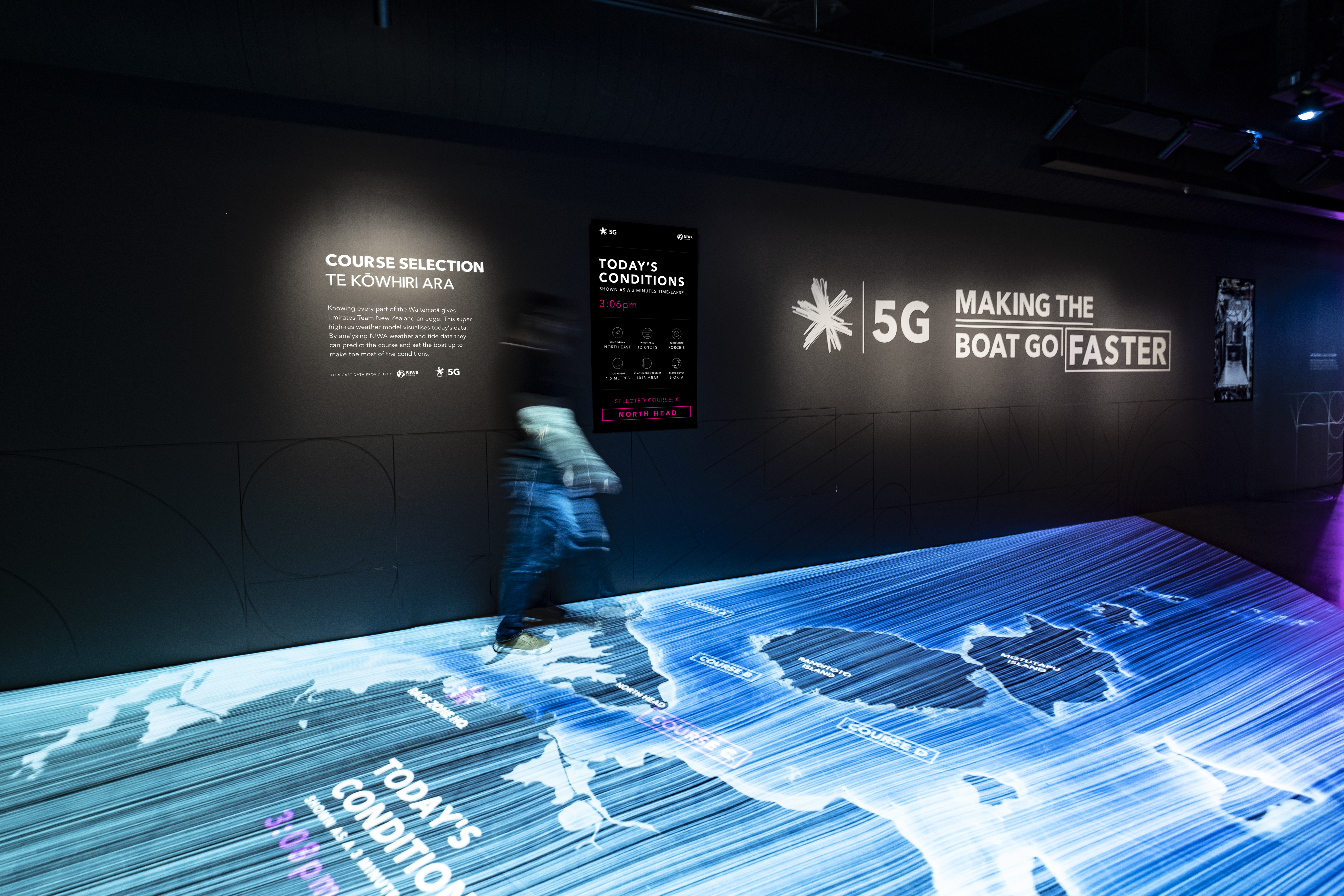SPARK
RACE ZONE
Race Zone showcases the experience and technology of racing in the America’s Cup.
With seven immersive zones you can; design and test your own AC75 boat, see wind and ocean current real-time data projection mapped on walls and floors, race on a custom built simulator, take an augmented reality (AR) selfie with the team or stand in a room with, a 360 view of being on the boat.
We had the incredible opportunity of working alongside Emirates Team NZ, to really bring out all the advanced tech of world class racing, and put it at the fingertips of the general public.
METRICS:
Over 200,000 visitors through in the first two months
Two-week waiting list and 98% attendance in the first two months alone: unprecedented for a free exhibition
15 million+ social impressions
Over 120 tablets and handsets for interaction and content display
8 x 10k projectors
7 x 75" screens
9 x 55" screens
38.7m2 of LED screen (15360mm (W) x 2520mm (H))
RACE ZONE CASE STUDY
VIRTUAL FLY THROUGH
EARLY COURSE SELECTION WIP
EARLY 360 CONCEPT DEVELOPMENT
360 VIEW OF BEING ON THE BOAT

UX OF BOAT BUILDER
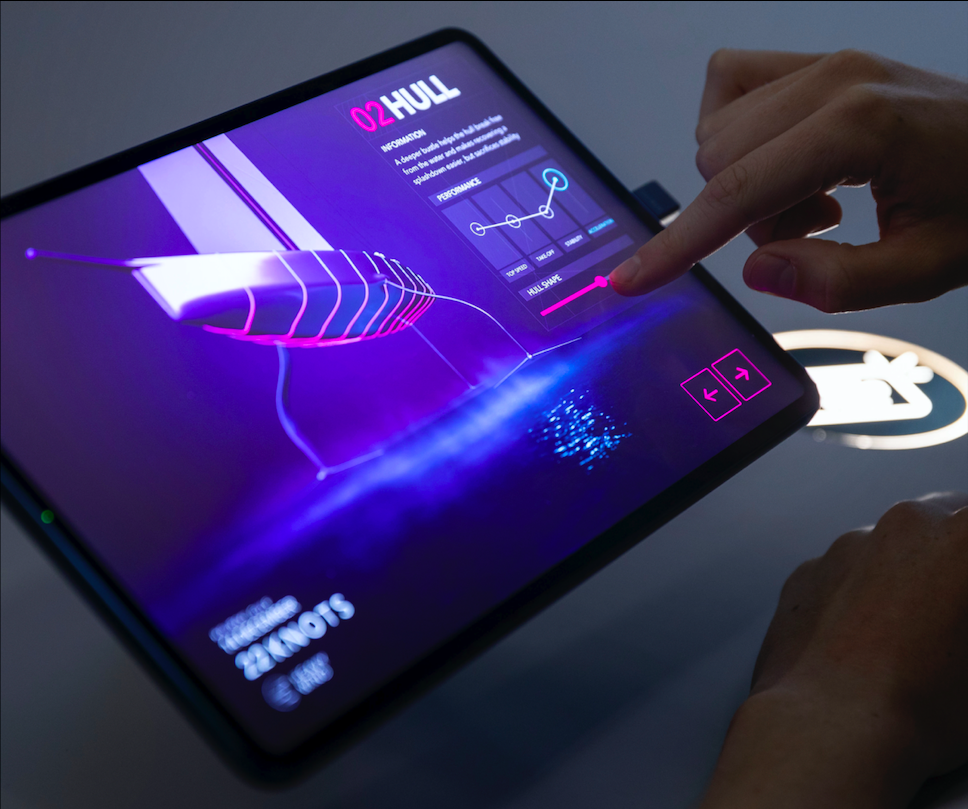
EARLY WIP OF BOAT BUILDER
WIND TUNNEL
Projection mapping a horizontal slice of the wind, using real-time data on the actual course.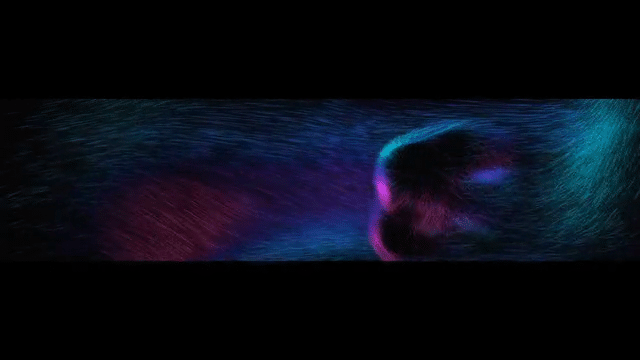
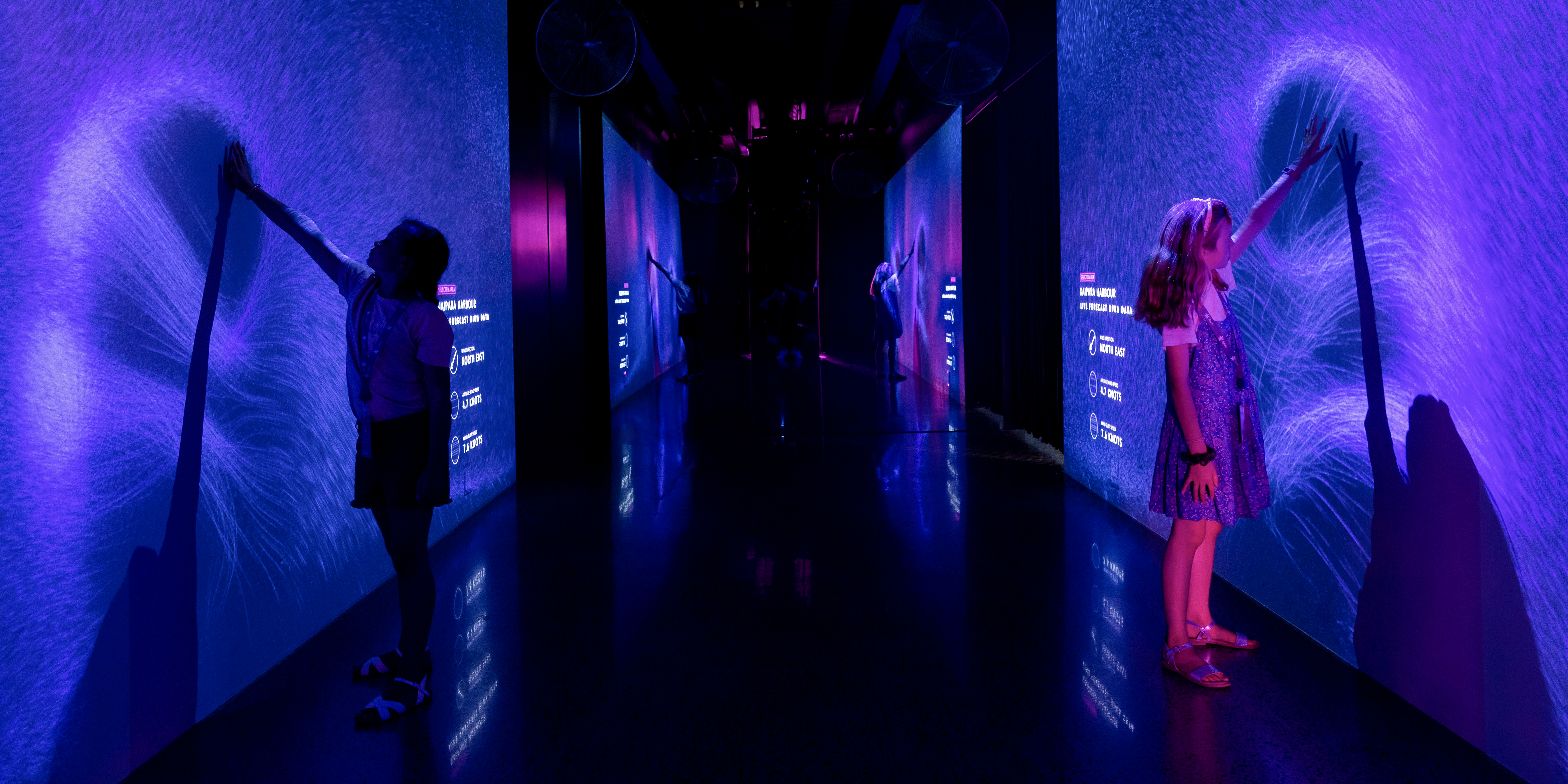
5G PORTAL - INSTAGRAM
The viewer can enter their profile and our algorithm pulls the highest trending pics and mixes with the viewers own profile, creating millions of impressions for the space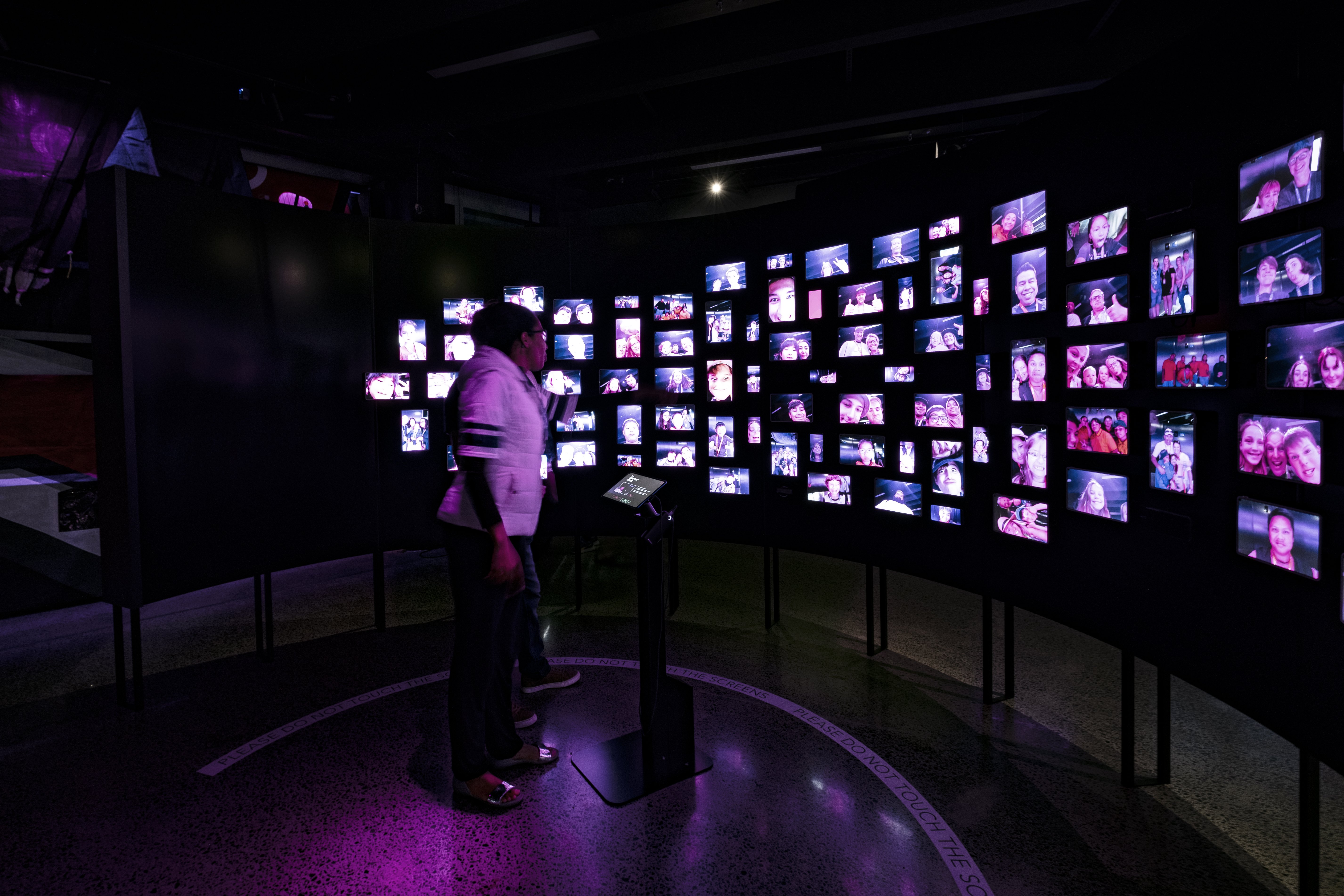
RACE ZONE GUIDELINES
We developed these to incorporate Sparks brand guidelines, while giving the space it’s own guidelines, so each station is unified in it’s approach to data.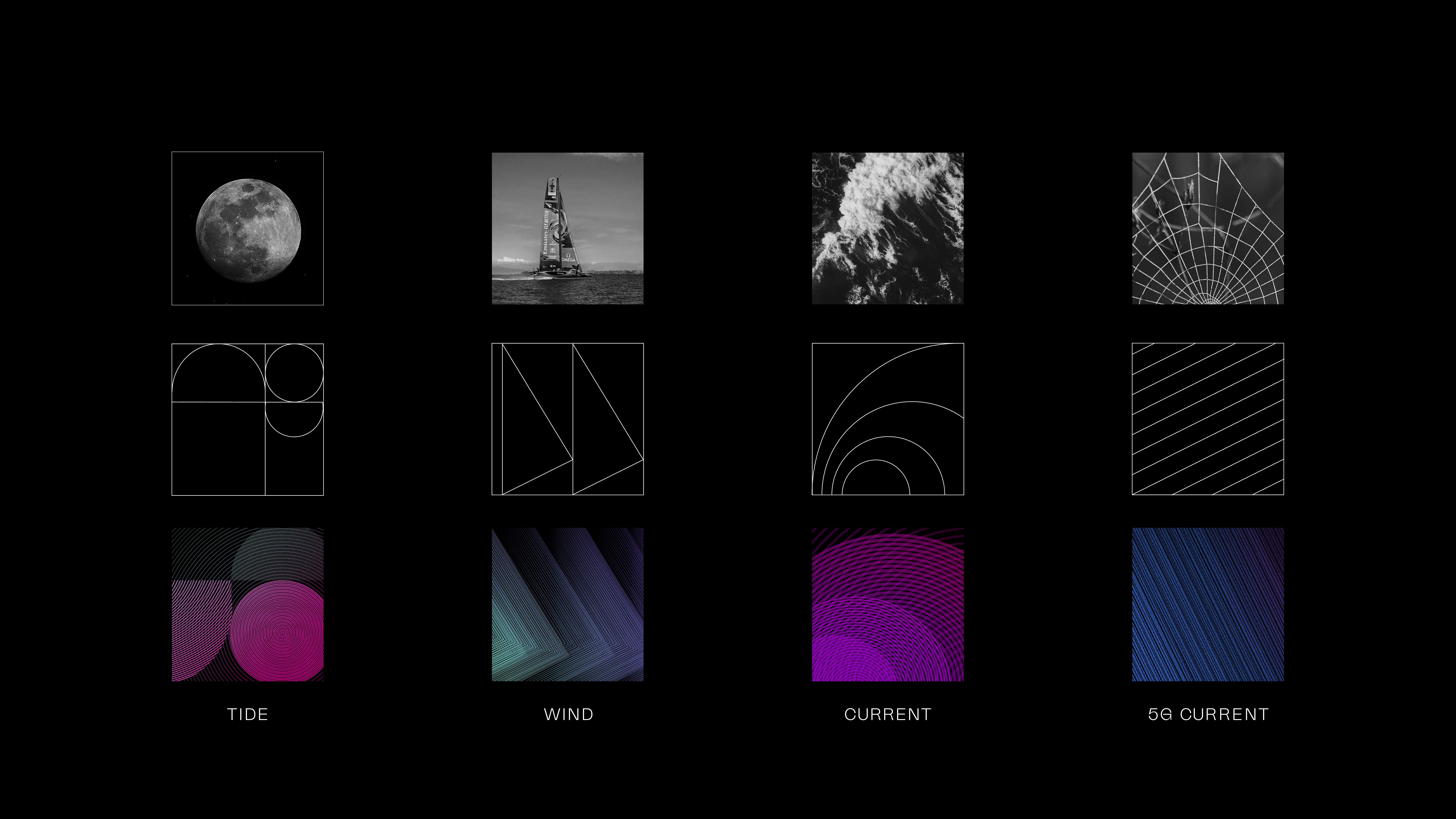
RACE ZONE EXTERIOR
Incorporating the brand guidelines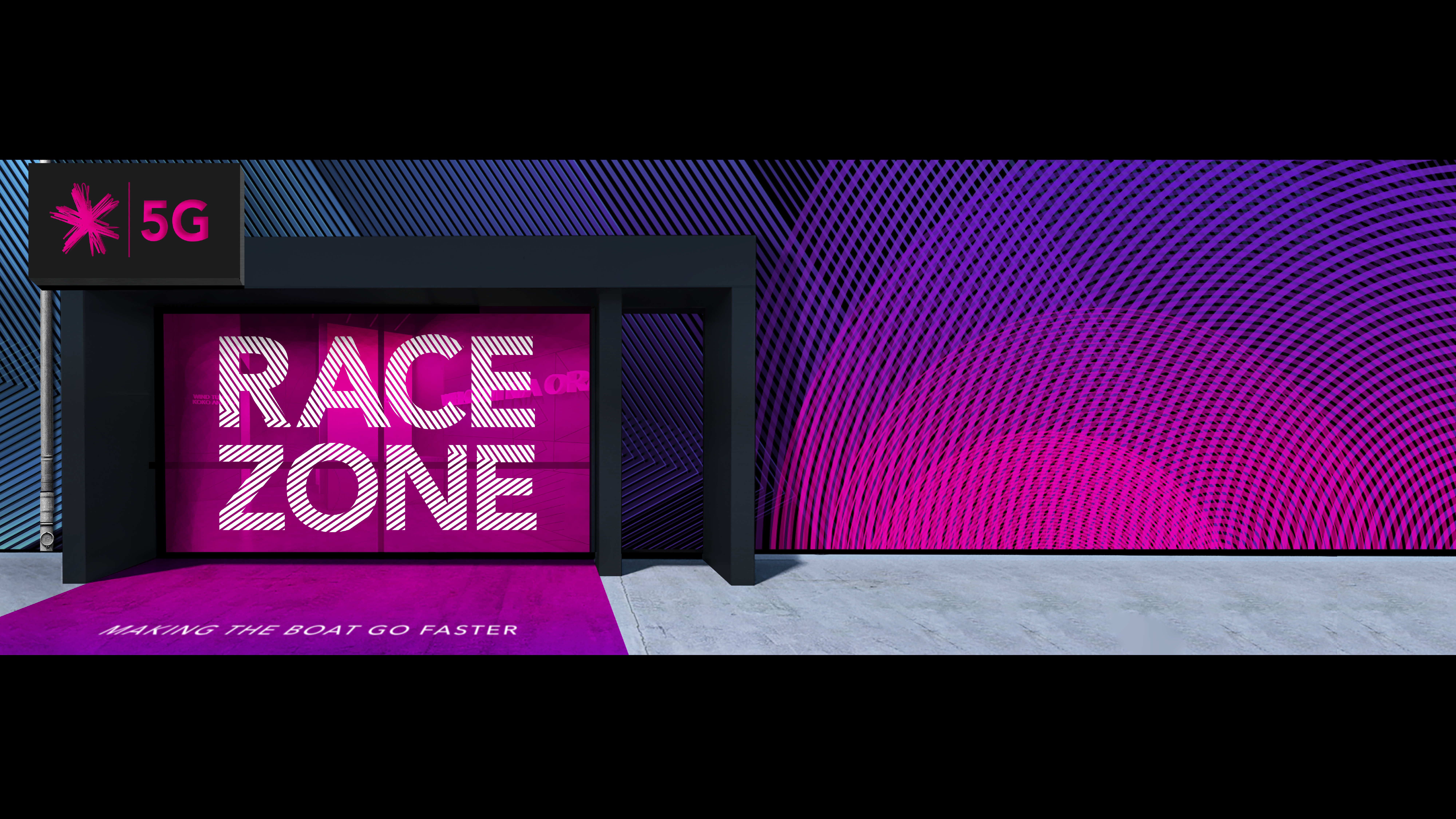
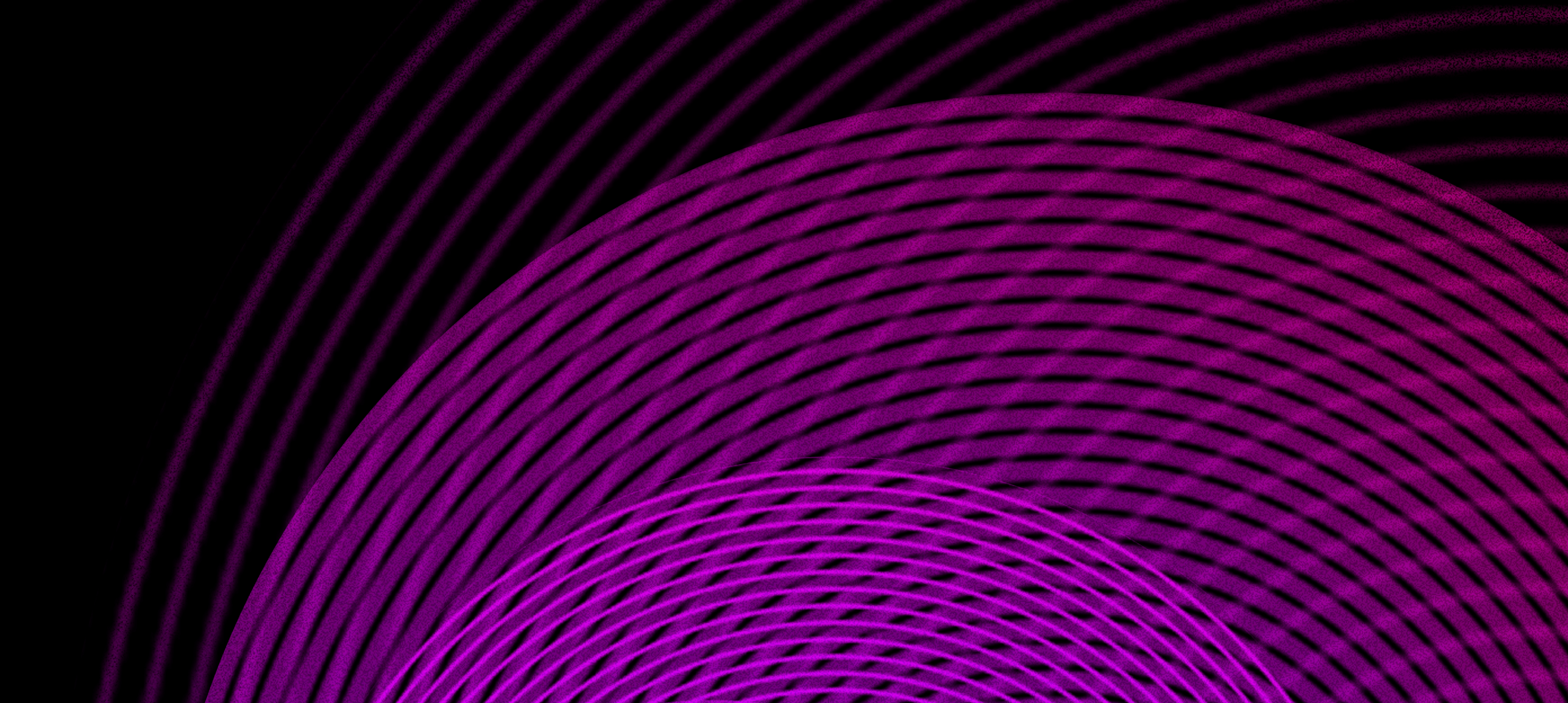
COURSE SELECTION
There are five potential courses. The wind and current decide which course is optimum for racing that day. This shows that in real-time, going off 2K trillion calculations per second